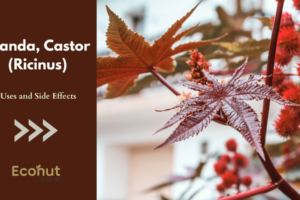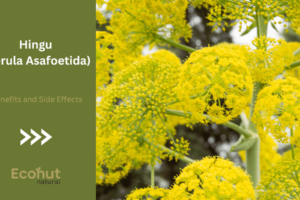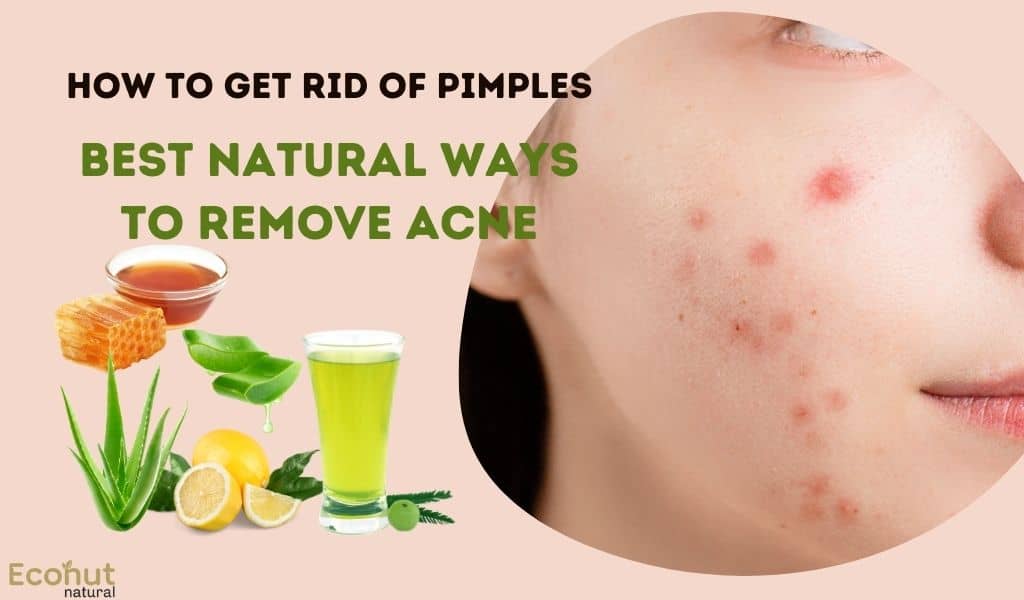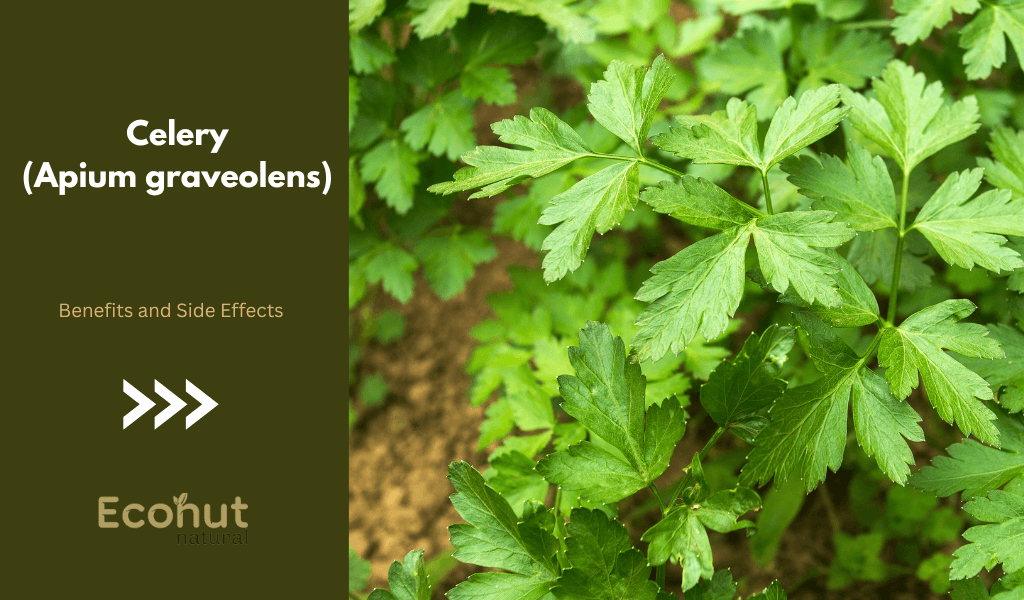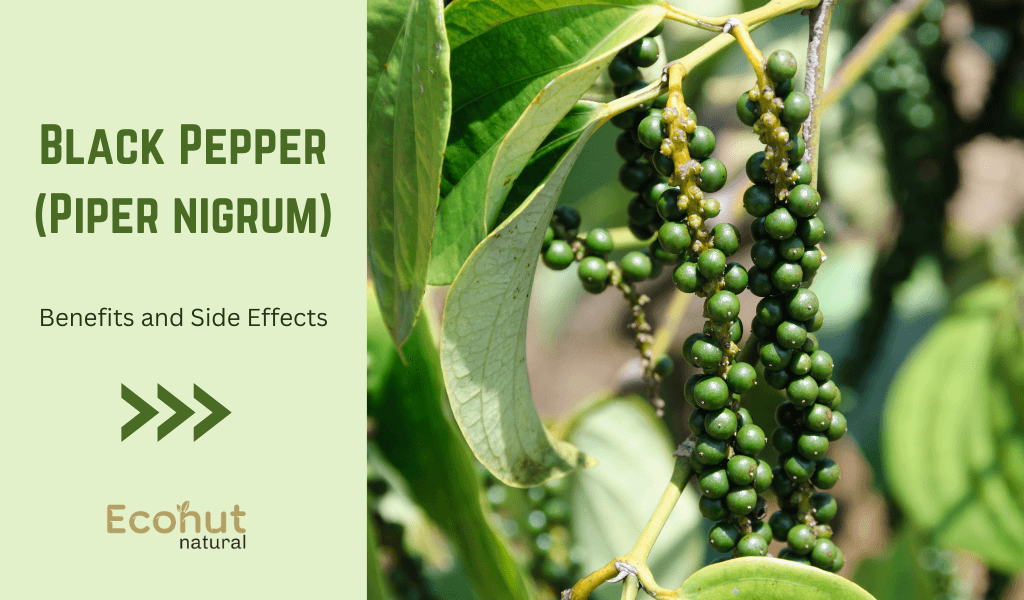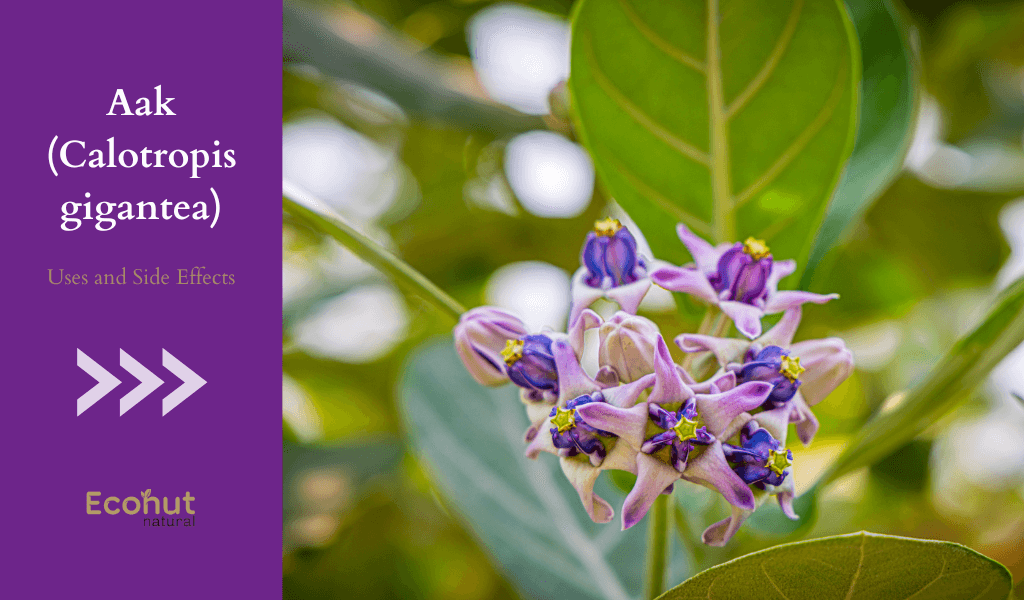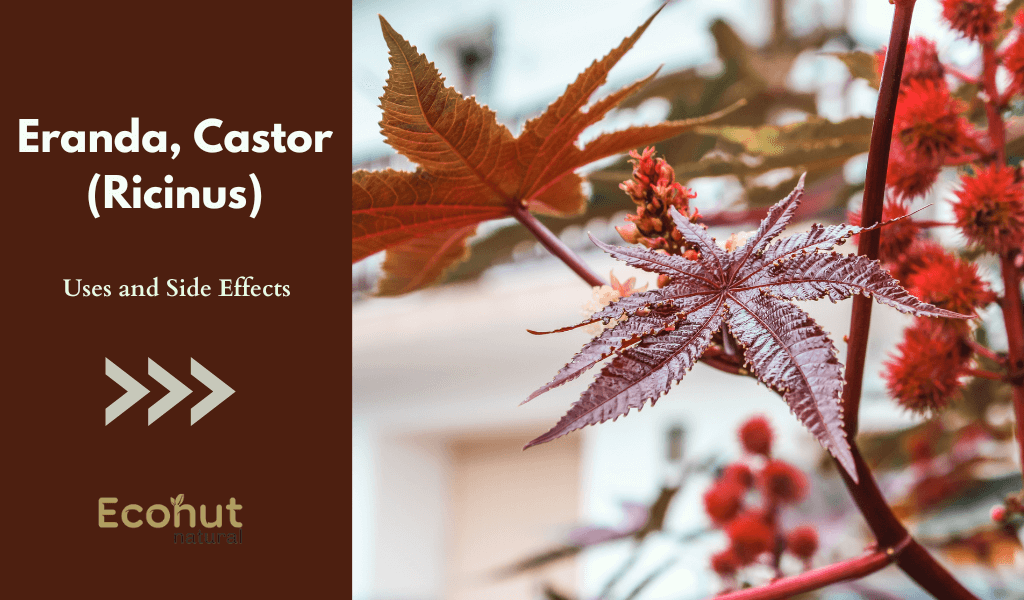How to get rid of Pimples are the most common skin illness in the world today, affecting around 85 percent of young adults. Traditional acne treatments, such as salicylic acid, niacinamide, or benzoyl peroxide, have been shown to be the most effective, but they can be costly and have undesired side effects such as dryness, redness, and irritation.
Pimples arises when pores get blocked or contaminated by germs. Acne is a widespread skin ailment that affects an estimated 50 million people in the United States. Certain home treatments are used by people to help balance skin oil levels, decrease inflammation, kill germs, and prevent future acne outbreaks.
Certain home treatments can aid in the treatment of acne outbreaks and lesions. Mild herbal lotions and gels, essential oils, natural vitamins, and lifestyle modifications are all effective acne home treatments.
What are Pimples?
Pimples is a skin disorder that occurs when skin follicles become clogged with oil and dead skin cells. Acne is a relatively common ailment, and most individuals will have it at some point in their lives, especially during their teenage years when their sebaceous glands produce more oil.
The Acne develops when skin pores become clogged with excess oil and debris. Dead skin cells clog the skin pores, preventing the formation of new cells. It turns whiteheads and blackheads into pimples. These are usually red bumps on the skin that take a long time to heal. Pimples can also be caused by hormonal imbalance and poor hygiene.
Acne on the face and other parts of the body can also be caused by stress, bad behavior and lack of hygiene. Endocrine fluctuations, genetic predisposition, water intake, smoking, alcohol consumption, blocked pores, comedogenic products and dandruff are all typical causes of pimples.
Causes of Pimples
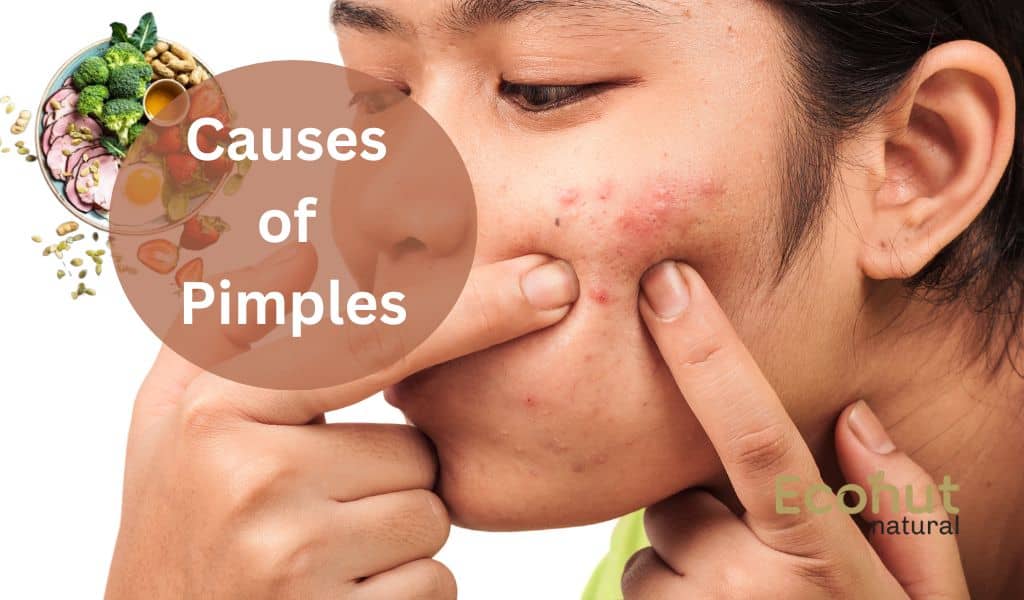
Pimples develops when skin pores become blocked with oil and dead skin cells. Each pore is linked to a sebaceous gland, which generates an oily material known as sebum. Excess sebum might clog pores, producing Propionibacterium acnes or Pimples is caused by the proliferation of bacteria.
White blood cells in the body attack acne, causing skin irritation and acne, some acne instances are more severe than others, but common signs include whiteheads, blackheads, and pimples.
Acne is more common on the face, forehead, chest, upper back, and shoulders since these areas of the skin have the most oil glands. Hair follicles are related to oil glands.
The follicular wall may expand and develop a whitehead. Alternatively, the plug may be exposed to the surface and darken, resulting in a blackhead. A blackhead seems to be dirt stuck in the pores. However, the hole is infested with bacteria and oil, which becomes brown when exposed to air.
Pimples are raised red spots with a white core that develop when blocked hair follicles get irritated or infected with microorganisms. Blockages and inflammation deep within the hair follicles cause cyst-like lumps beneath the skin’s surface. Other skin pores, such as sweat gland pores, are seldom implicated in acne.
1. Family History
Some people are inclined to acne genetically. When someone presents with acne, it is common for someone in the family to have had a breakout as a teenager or as an adult.
This individual does not have to be one of your parents or siblings. It might be a distant relative like an uncle, aunt, or cousin. If both of your parents have acne, you are more likely to get acne.
Both parents may have the same or distinct acne-causing genetic components. One parent, for example, may pass on a hormonal imbalance that renders you prone to acne, but the other may pass on a higher inflammatory reaction to bacteria or other genetic variables.
2. Stress
Stress can cause biochemical changes in the body, which can lead to a variety of additional adult acne factors. Adult acne is more common in those who smoke, have allergies, or suffer from migraines
When you are afraid, apprehensive, or agitated, adrenal glands generate more of the stress hormone cortisol. This can result in increased sebum production, which can aggravate acne.
Physical stress on the body can also cause hormonal changes, reduced immunity, and inflammation, all of which can contribute to acne. Extreme weather, a lack of sleep, sickness, dehydration, and exposure to environmental irritants such as air pollution are all examples.
3. Changes In Hormones
Androgens are hormones that develop throughout puberty in both boys and girls, causing the sebaceous glands to grow and generate more sebum. Breakouts can also be caused by hormonal changes in midlife, particularly in women.
Alterations in the body and skin caused by fluctuating or excessive sex hormones might include pH imbalance, inflammation, changes in circulation, and excessive oil production. These alterations are frequently involved in the development of adult acne.
Hormonal acne typically appears deep and blister-like, and it is frequently uncomfortable or painful.
4. Diet
Certain meals, especially carbohydrate-rich foods like bread, bagels, and chips, have been shown in studies to aggravate acne. Acne sufferers benefit from adhering to specific dietary restrictions.
Excessive use of white flour goods, sweets, chocolate, dairy, and fast food can all contribute to adult acne. The function of sugar in acne is far more complicated than just avoiding sugar or any other single item to prevent outbreaks.
5. Testosterone
Teenage acne is caused by an increase in testosterone levels that happens throughout puberty. The hormone is essential for encouraging the growth and development of the penis and testes in boys, as well as maintaining muscle and bone strength in girls.
Hormones have a strong influence on the sebaceous glands. Increased testosterone levels are thought to cause the glands to create more sebum than the skin requires.
How To Get Rids of Pimples
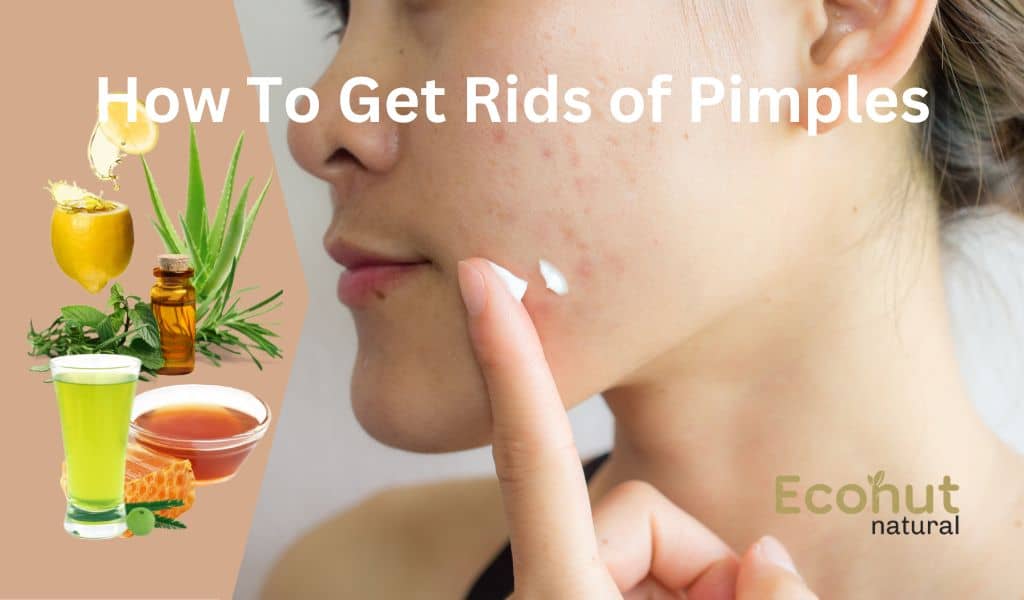
Acne is a prevalent skin ailment that affects around 85% of the population at some time in their lives. Symptoms include troublesome pimples, which may be aggravating and difficult to remove.
While traditional treatments can remove pimples, they are frequently linked with side effects such as skin irritation and dryness. As a result, many individuals are turning to natural remedies to get rid of pimples fast.
There are several natural acne treatments available. Pimples are a frequent ailment that people of all ages might experience. When someone has a breakout, they want to know how to get rid of their pimples quickly.
While one cannot totally remove pimples in a single day, they can make substantial progress in minimizing blemishes and lowering redness.
Also Read: 10 Best Natural Face Pack For Glowing Your Skin Effectively
Natural Ways To Get Rids of Pimples
Pimples are a common skin condition that can be difficult to cure. Traditional therapies may cause redness, dryness, or irritation, and many natural options are ineffective.
However, the quickest technique how to get rid of pimples is to use essential oils, green tea, and aloe Vera to the skin. As a result, this is a home cure with no negative effects .
1. Tea Tree oil
The leaves of the Melaleuca alternifolia tree, which is native to Australia, are used to extract tea tree oil. Tea tree oil inhibits inflammation and acne-causing germs. In rare circumstances, putting it to the skin helps to minimize pimples.
It is well-known for its antibacterial properties and capacity to alleviate skin irritation. Tea tree oil, specifically. The Tea tree oil gel was approximately four times more effective than placebo in reducing acne lesions and about six times more effective at reducing acne severity.
Tea tree oil therapy also had fewer side effects, such as dryness, irritation, and burning. When applied directly to the skin, tea tree oil is extremely strong and can produce redness and irritation. As a result, it has to be diluted with carrier oil.
How To Use
- 1 drop tea tree oil to 1 tablespoon carrier oil
- Dip a cotton swab in the mixture and apply it straight to the pimples.
- Repeat this method 1-2 times each day as needed.
2. Aloe Vera Moisturizer
Natural Aloe Vera Gel for Skin and Hair with Pure Aloe Vera & Vitamin E 250ml
Aloe Vera is a tropical shrub with transparent gel-producing leaves. Lupeol, salicylic acid, urea nitrogen, cinnamic acid, phenols, and Sulphur are all found in aloe Vera and prevent microorganisms that cause pimples.
When applied to the skin, aloe Vera gel aids in the battle against germs, the reduction of inflammation, and the promotion of wound healing. As a result, it is widely used to treat a wide range of skin problems, including psoriasis, rashes, wounds, and burns.
While aloe Vera gel can help clear up pimples on its own, it is more effective when used in conjunction with other therapies or drugs.
How To Use
- With a spoon, scrape the gel off the aloe leaf.
- Applying gel to the skin while using acne treatments; it can be combined with therapies before being applied to the skin.
- Repeat 1-2 times each day, or as desired.
3. Reducing Stress
When a person is stressed, they may get rashes on their faces. Excessive touching or picking at the skin can cause acne to proliferate by transferring germs. Hormones generated during stressful times can boost sebum production and inflammation, exacerbating acne.
Certain relaxation and stress reduction techniques have been shown to benefit acne. Stress reduction minimizes acne and maintains the body fit and healthy.
How To Deal
- Get more rest.
- Participate in physical activities.
- Yoga concentration practice
- Take a long, deep breath.
4. Amla Powder and Juice
Amla is a natural blood cleanser that is high in vitamin C. It is an antioxidant powerhouse that tackles inflammation. Because of its highly renowned exceptional skin cleaning capabilities, amla juice may be eaten as a detoxifying drink. It will minimize pimples while also increasing collagen synthesis.
How To Use
- Combine amla powder with water makes an excellent face pack.
- Kept on the face for 20 minutes
- Rinsed it away with simple water.
5. Green Tea
Green tea is abundant in antioxidants, and drinking it promotes overall health. It can also help minimize acne. Green tea polyphenols help combat germs and decrease inflammation, which are two of the primary causes of acne.
Applying green tea to the skin might also be useful. In acne sufferers, applying green tea extract to the skin considerably lowers sebum production and pimples.
How To Use
- Steep green tea for 3 to 4 minutes in boiling water
- Allow the brewed tea to cool.
- Apply the tea to skin with a cotton ball or spray it with a spray bottle.
- Allow it to dry before washing it off with water and patting your skin dry.
6. Jojoba Oil
Jojoba oil is a natural, waxy material produced from jojoba plant seeds. This Jojoba oil contains waxy compounds that can help repair damaged skin and expedite wound healing, especially acne lesions.
Several chemicals included in jojoba oil can help reduce skin inflammation, resulting in less redness and swelling around pimples, whiteheads, and other inflammatory lesions.
How To Use
- Apply jojoba oil on acne by combining it with a gel, cream, or clay face mask.
- Apply a few drops of jojoba oil on a cotton pad and gently rub it over the acne spots.
7. Honey and Cinnamon Mask
Honey has several medicinal qualities. Some people use it as a natural cough medicine and to soothe sore throats. Honey’s antibacterial characteristics aid in the healing of burns and wound infections, as well as the prevention of acne.
The Honey and cinnamon bark extract are combined. Acne-fighting antibacterial action Honey can suppress or destroy acne development on its own. This discovery, however, does not imply that honey is an efficient acne treatment.
While honey and cinnamon have anti-inflammatory and antibacterial qualities, they can help decrease acne.
How To Use
- Mix 2 tablespoons honey and 1 teaspoon cinnamon to make a paste.
- Apply the mask to face after cleaning and keep it on for 10 to 15 minutes.
- Rinse the mask well and massage your face dry.
Cinnamon can irritate the skin. Before putting it to skin, always do a patch test.
- Before using only honey mask, wash skin with warm water.
- Then apply honey to the skin and keep it on for 30 minutes.
- Warm water should be used to remove the honey.
8. Use Low Glycemic Index Diet
A food’s glycemic index (GI) is a measure of how rapidly it elevates blood sugar. Acne sufferers may benefit from a low-glycemic diet.
Eating high GI meals raises insulin levels, which raise sebum production. As a result, high GI meals can have an immediate impact on the development and severity of acne.
Fruits, vegetables, legumes, nuts, and whole or minimally processed grains are examples of low glycemic index foods.
9. Lemon Juice
Lemons, in addition to being high in vitamin C, contain citric acid, which may exfoliate and remove dead skin, which is one of the reasons of acne and dull skin. It also works well as a toner, helping to cleanse and reduce pores.
This Lemon juice gets a lot of points for acne treatment because of its astringent and exfoliating characteristics. Lemon juice is astringent and acidic. As a consequence, it is capable of dealing with excess oil on the skin. To cure whiteheads or acne, use lemon juice.
How To Use
- In a dish, squeeze a lemon and add a few drops of rose water.
- Apply this mixture to the afflicted region, such as the neck or face, using a cotton ball.
Wrapping Up
Homemade face masks may revitalize skin and help clear up acne, and all of these recipes use products you probably already have in kitchen or refrigerator.
While there are alternative acne treatments available, such as laser therapy and oral antibiotics, they are not helpful for everyone.
Acne can be reduced by regular and gentle washing of the skin, careful selection of skin care products, and avoidance of contact with oils. The Acne comes in a variety of forms. These might range from little pimples to large cysts.
Acne can manifest itself as non-inflammatory lesions like blackheads and whiteheads. This is caused by dead skin and oil buildup in the hair follicles and is most frequent on the face, back, and chest.
These obstructions might become inflammatory if they become contaminated with germs. Inflammatory acne can range from little lumps like papules and pustules to more serious ones like nodules and cysts.
Severe acne can have a significant influence on one’s quality of life. Most types of acne, however, may be treated at home with over-the-counter medications.




